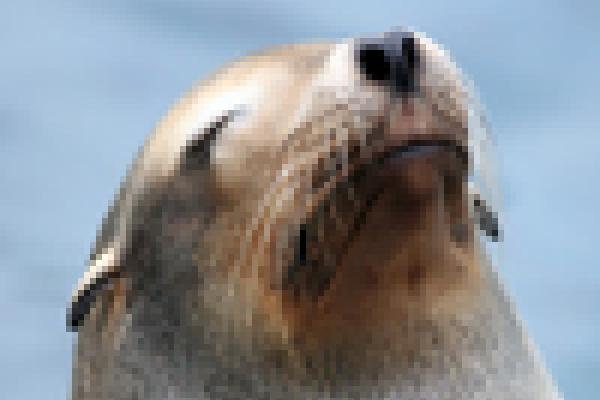Collection

Teacher package: On thin ice - maths and climate change in the Arctic
In this issue's teacher package we look at some of the maths and science behind a recent expedition to the Arctic. The aim of the Catlin Arctic Survey was to gather data on ice thickness that will help to predict when the North Pole sea ice cover will melt, an event that will have dramatic consequence for the Arctic ecosystem and the Earth's climate as a whole. Plus was commissioned by
Catlin Arctic Survey Education to produce mathematics and science enrichment material for ages 14 to 19 (key stages 4 and 5). The toolkits look at climate and sea ice models, GPS and cartography, how to predict future climate trends, and how to present statistical evidence.